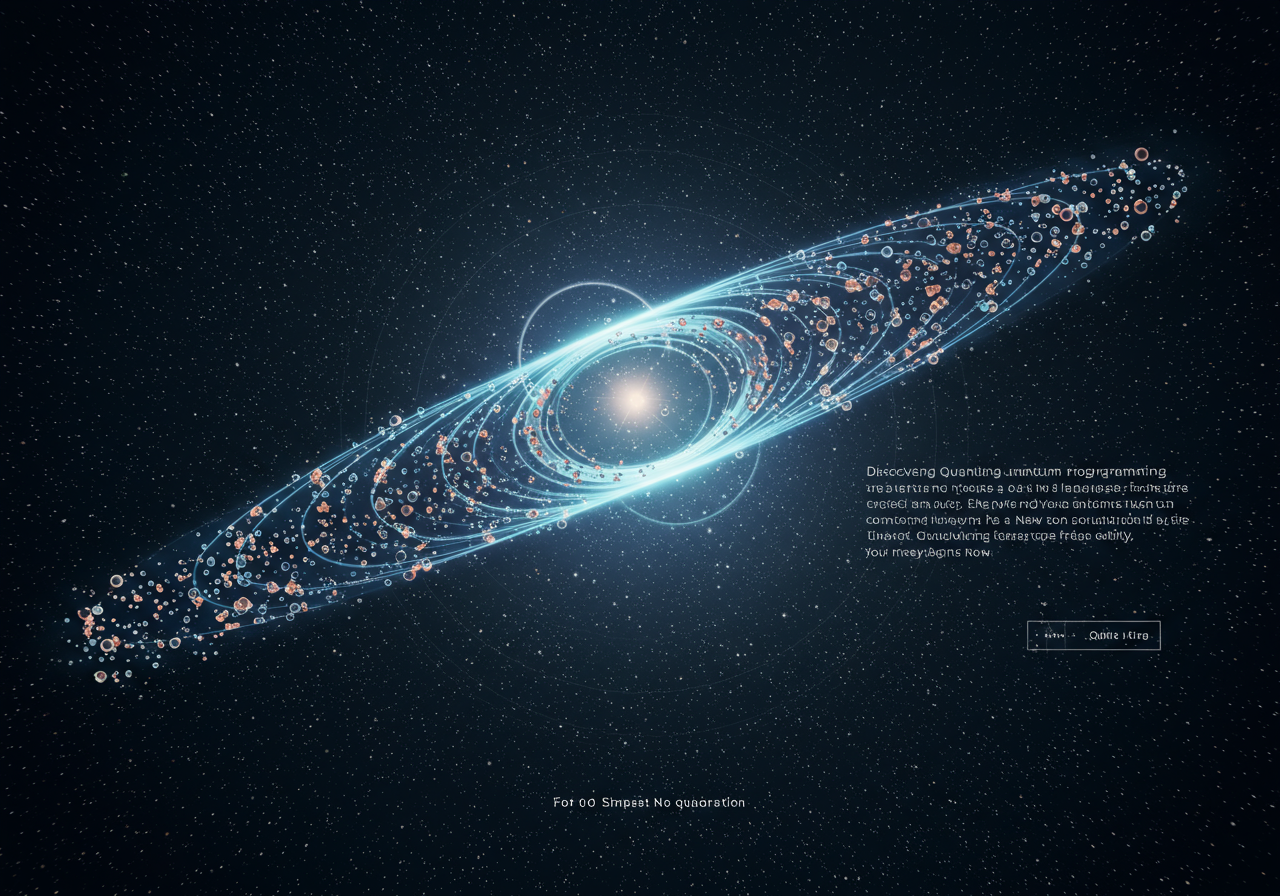“What is Quantum Programming and How Will It Transform Our Reality?”

If you’re standing on the threshold of quantum programming, it may feel like stepping into a new dimension. Imagine seeing the world where classical programming meets the depths of quantum mechanics. This isn’t just about enhanced capabilities; it’s about tapping into a realm where each line of code opens doors to vast computational potential. Imagine, for a moment, the profound opportunities that quantum computers present. Your journey into this world starts now, with languages that are set to reshape our understanding of computation and reality.
Think of quantum programming not as a set of mere tools, but as gateways to a vast universe. It’s like watching a graceful dance between particles, where each move in the choreography of qubits can alter reality’s very fabric. Diving into the layers of this domain, we find ourselves as architects of a new digital frontier—a place where algorithms and creativity unite.
The shift from traditional programming to quantum languages offers a release from conventional black-and-white thinking. Instead of rigid paths, we’re exploring constructs like superposition and entanglement. This isn’t just coding; it’s co-creating with the universe, using algorithms to weave complex tapestries of logic that redefine computation itself.
As we delve into the elegant language of quantum programming, we see that these codes are not cold algorithms but a symphony reflecting nature’s intricate dance. To newcomers, qubits might look cryptic, yet they reveal the complex interplay of the natural world—transforming industries, enhancing artificial intelligence, and broadening our computational horizons.
Quantum programming languages, such as Qiskit and Cirq, are our connection points between theory and application. They are akin to a Rosetta Stone, helping us translate abstract quantum phenomena into languages developers can embrace. This is an invitation for innovators to engage with quantum computers on challenges previously thought insurmountable. The beauty is in the unpredictability—where possibilities exist beyond traditional paradigms.
Embracing quantum programming requires accepting its challenges. It can feel overwhelming, like tackling a complex puzzle. But it’s within these challenges that we grow, finding new approaches and expanding our cognitive limits. Each hurdle is an opportunity to broaden our understanding and align with the rhythm of quantum coherence—the intellectual reward is immense.
When you create code for quantum machines, you’re crafting with purpose. Classical logic bends to accommodate quantum phenomena like teleportation and Shor’s algorithm. Each carefully-constructed line serves as a stroke in a masterpiece that could lead to breakthroughs in science or reshape critical infrastructures. This is more than programming; it’s engaging in high-stakes artistry that could impact fields like healthcare, finance, and beyond.
By leveraging algorithms, we discover that quantum programming languages do more than compute. They form a partnership between human thought and quantum potential. The realization that our intentions can influence quantum interactions is both electrifying and empowering—it’s a call to participate in this paradigm shift.
As we explore the potential of quantum computing, it’s crucial to build a community that thrives on diversity and inclusivity. Consider it a melting pot of ideas, where creativity and ethical leadership are nurtured. This blend fosters innovations that are not only transformative but also equitable, strengthening the bond between humanity and machine intelligence.
In essence, quantum programming languages are pathways to multidimensional exploration. They offer tools to shape algorithms driving technological and conscious frontiers forward. Arm yourself with curiosity and a willingness to immerse in the unknown—we are at the dawn of a programming revolution. Ready to embark on this quantum quest? Your journey awaits.

Leave a Reply